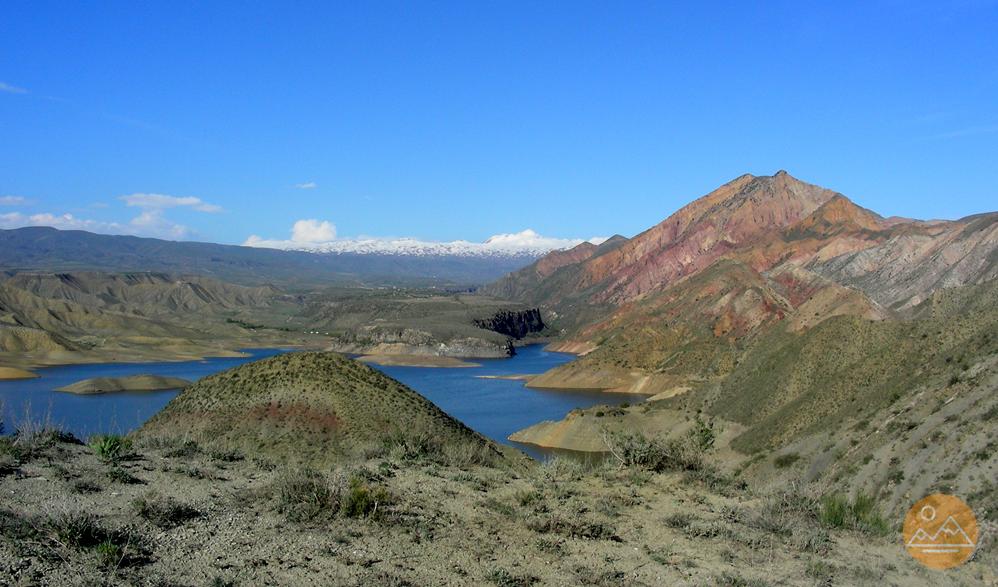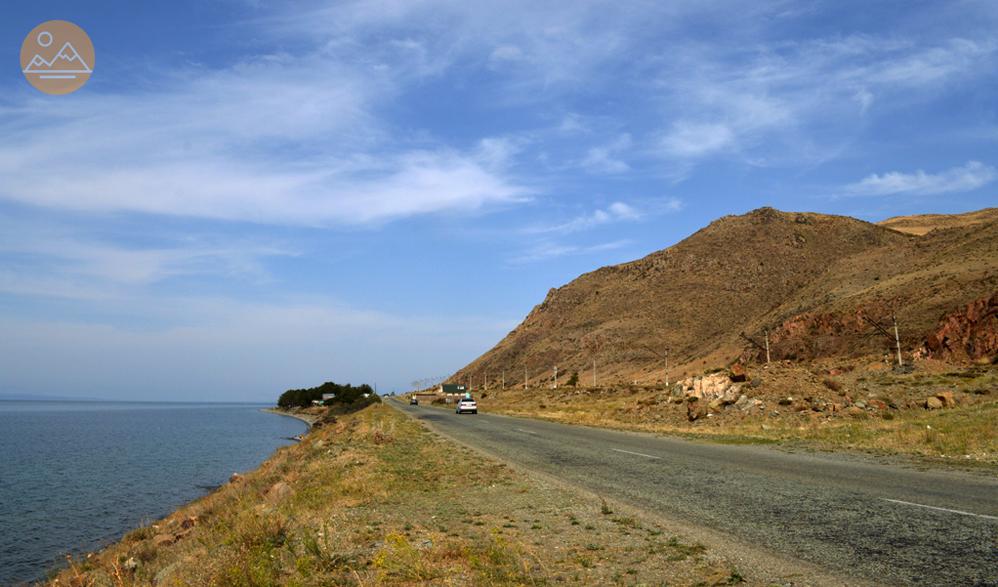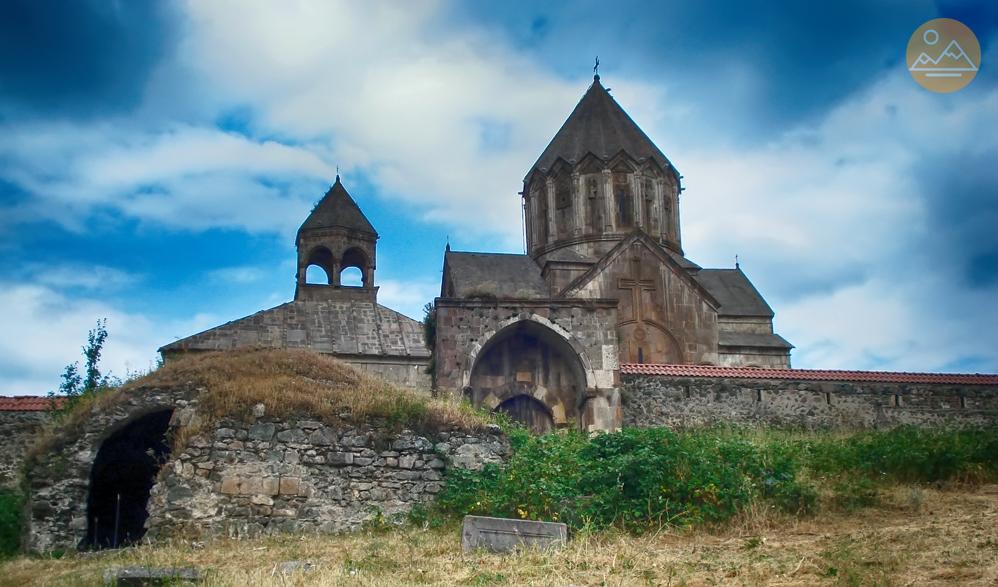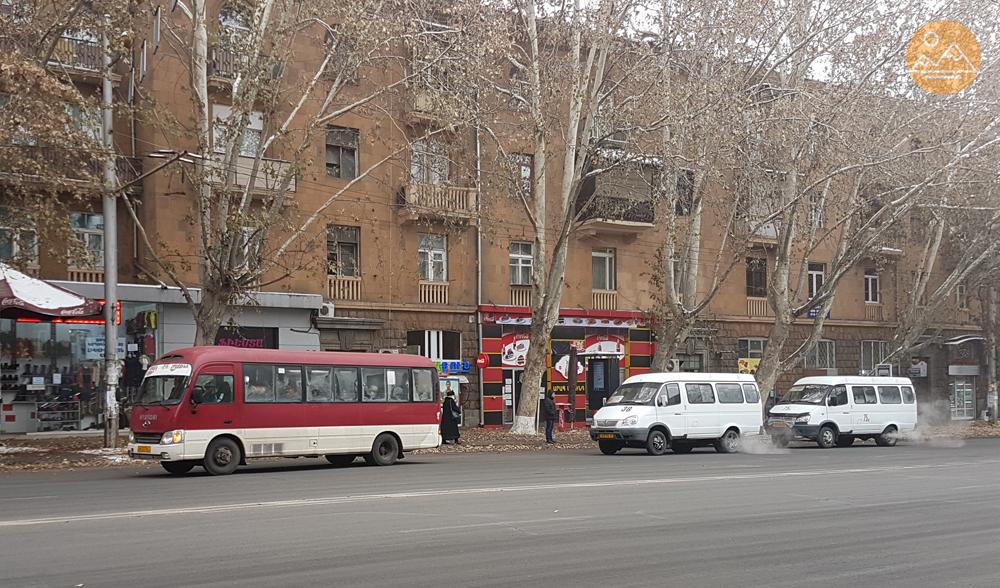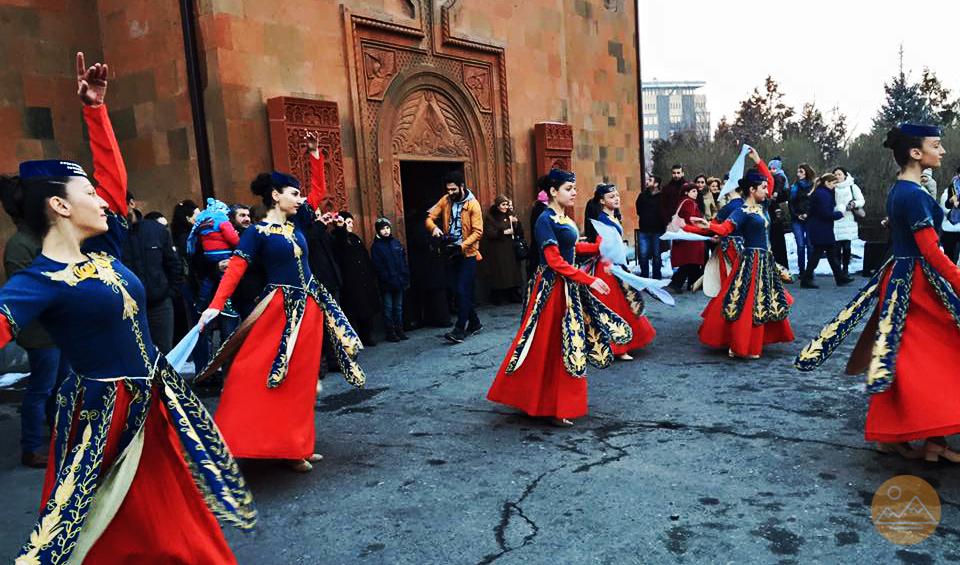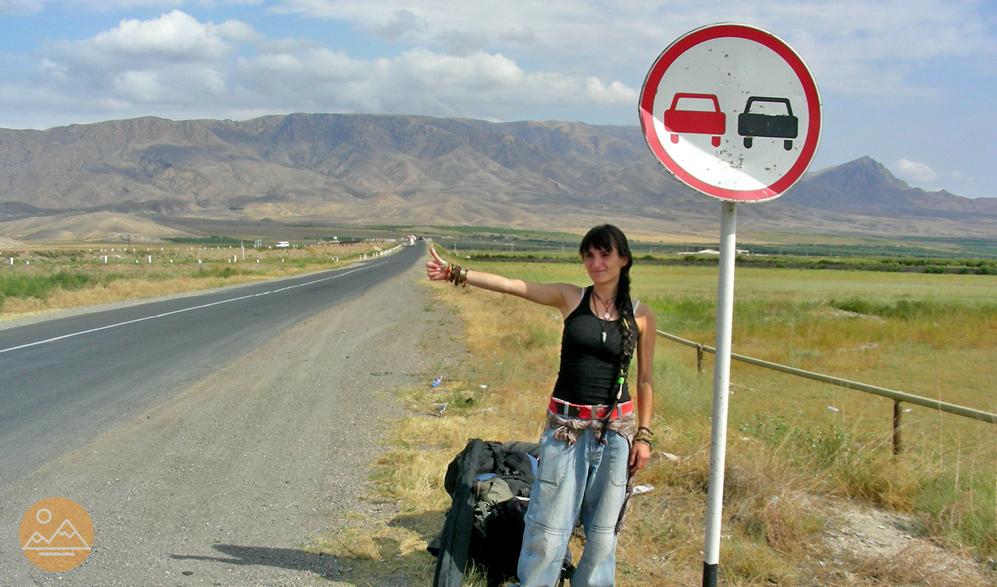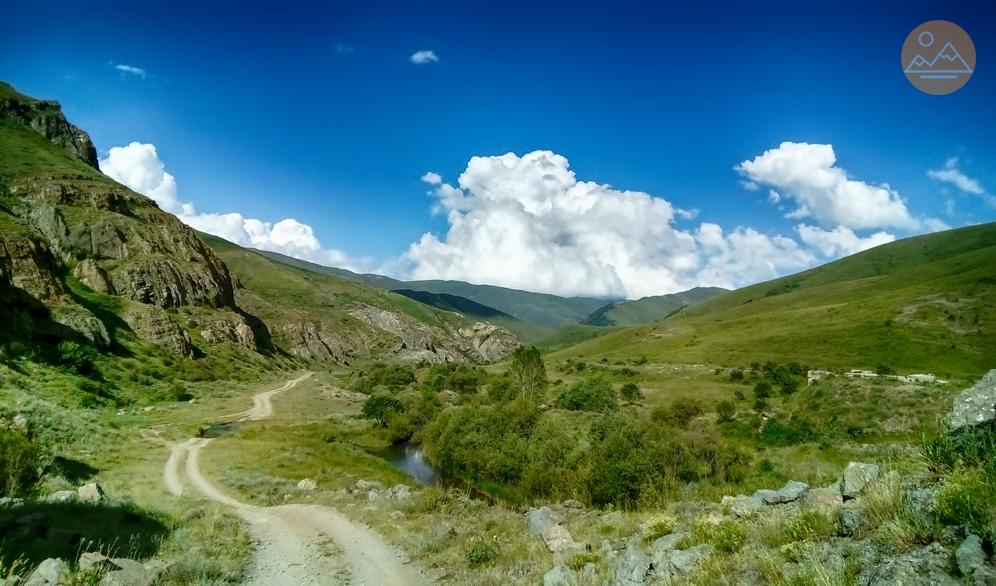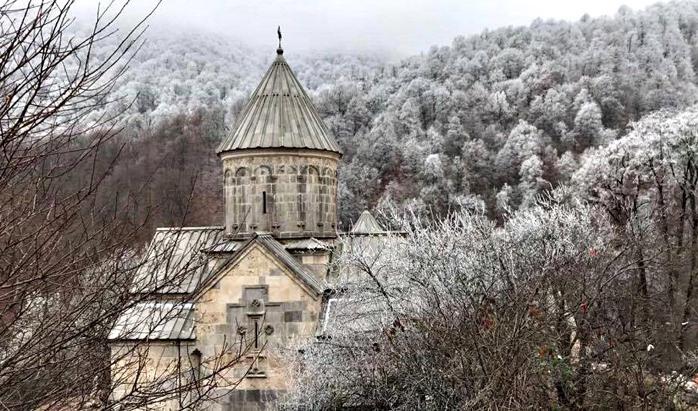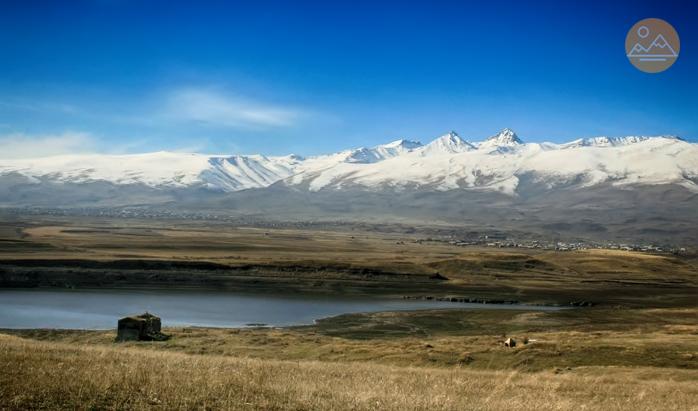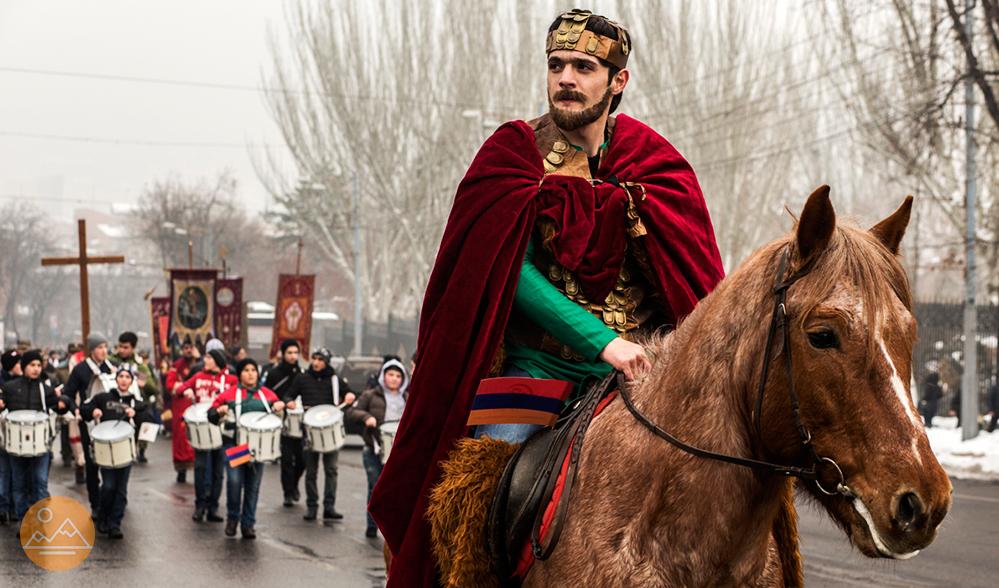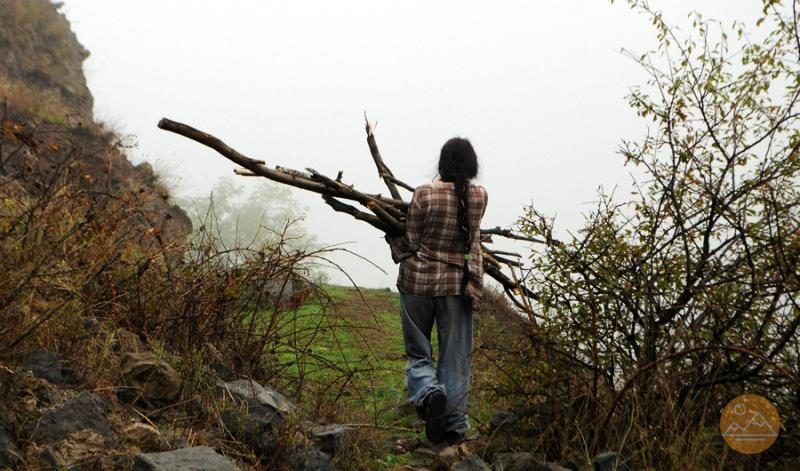-
 Gayane Tonoyan
Gayane Tonoyan
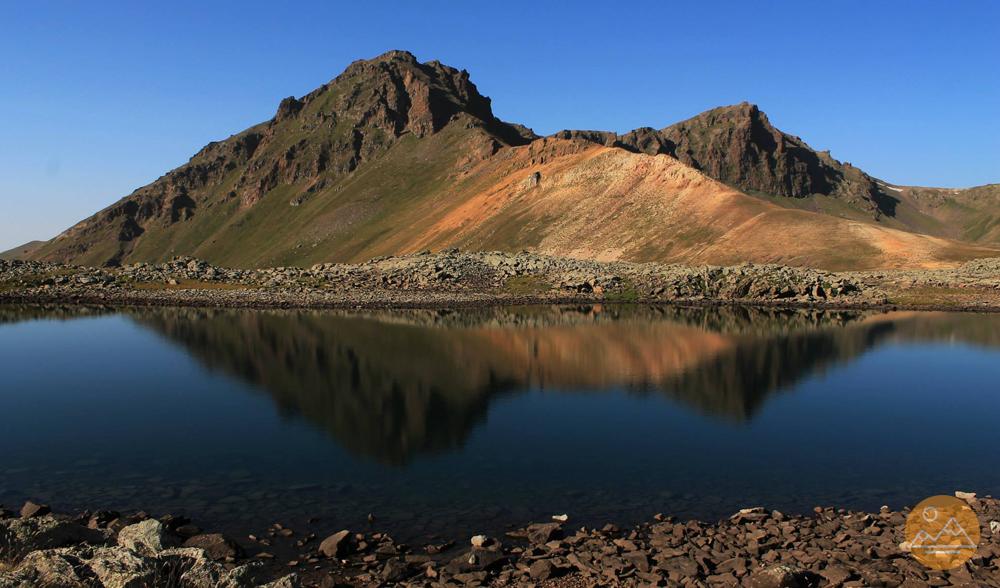
Mount Ughtasar, Armenia / Photo: Gayane Tonoyan
Exploring the Millennia-old Petroglyphs around Mount Ughtasar
Views - 2241
You get a feeling of an adventure starting as soon as the asphalt road finishes and the 4WD car turns into a rural dirt road making its way through clouds of dust and mosquitoes. The road first passes through cultivated fields but then becomes steeper and more dangerous rising towards the many beautiful green hills with patches of snow every here and there. The contrast between the blue skies, green hills and snow makes the scenery simply breathtaking.
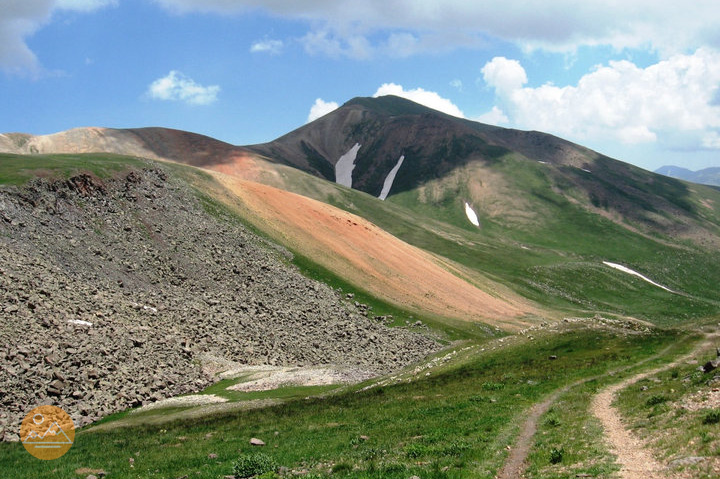
The road leading up to Mt. Ughtasar / Photo: Gayane Tonoyan
After passing several hills up and down, the road, which is at times too narrow and dangerous to even be called a road, takes a steep right and one of the jewels of the Syunik mountains opens right in front of your eyes – the Ughtasar mountain in all its beauty with a crystal-clear lake framed with flowers of all possible colors.
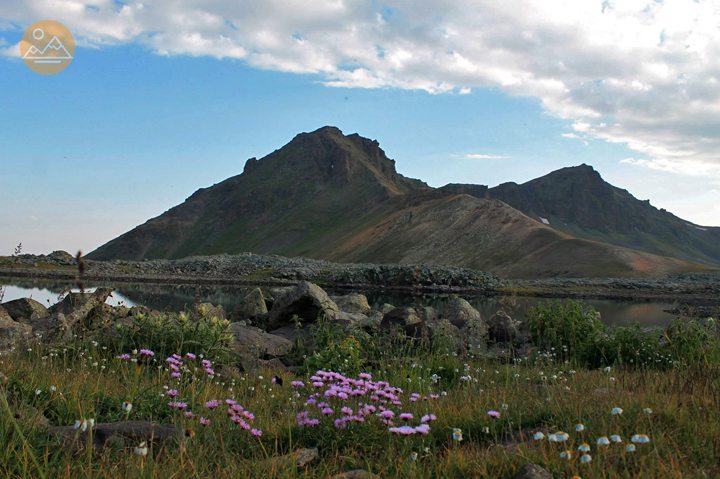
Mt. Ughtasar in the beginning of July / Photo: Gayane Tonoyan
The name of the mountain is believed to come from the Armenian word “ught” which means “camel” - the mountain does look like a camel kneeling in front of the oasis of the crater lake. Ughtasar Lake is located at the altitude of 3,300 meters above sea level, at the foot of the mountain. Apart from the stunning natural beauty it has a great cultural interest as well – the area around Mt. Ughtasar is home to thousands of petroglyphs, ancient rock art carvings on volcanic slates dating as far back as the 5th millennium BCE. The petroglyphs were first discovered in this area in 1960s and are being researched by archaeologists and art historians up until the present times.
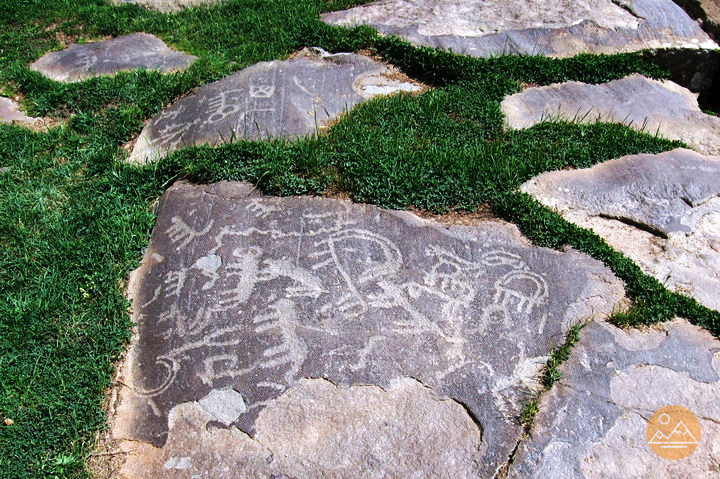
The petroglyphs of Mt. Ughtasar / Photo: Gayane Tonoyan
The petroglyphs depict scenes of routine life of people, hunting, different animals, including many goats. The site is considered to have had a significant ritual or worshipping importance giving rise to the second version of interpretation of its name – in Armenian the word “ukht” means a “pilgrimage”, so the name of the mountain would mean the Mountain of Pilgrimage.
There are several thousands of petroglyphs scattered around the lake and it’s a fun quest to wander around exploring petroglyphs and even more so trying to understand what messages the creators of the rock art wanted to convey with their mystical drawings.
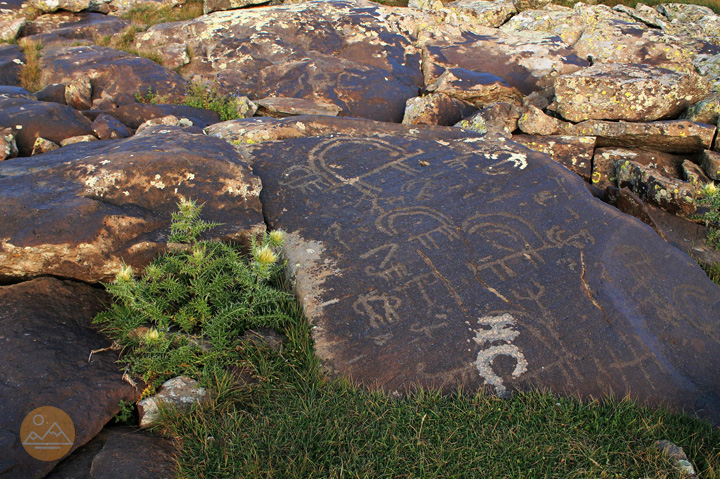
A few of the thousands of petroglyphs around Mt. Ughtasar / Photo: Gayane Tonoyan
To the northeast of the lake is another mountain worth hiking up – from the top of Mt. Tsghuk, 3,581m, you get a stunning view of the area with colors so fascinating that it’s difficult to believe in the realness of the scenery surrounding you.
Depending on how much time you have you can either spend a day in the area and head back down in the evening, or camp by the lake to continue the exploration on the next day. Mind that you will be sharing your campsite with bears… like, real Armenian bears! While we did not have the privilege of meeting them in person, every time we camped by the lake we got to discover their fresh traces on the mud near the water.
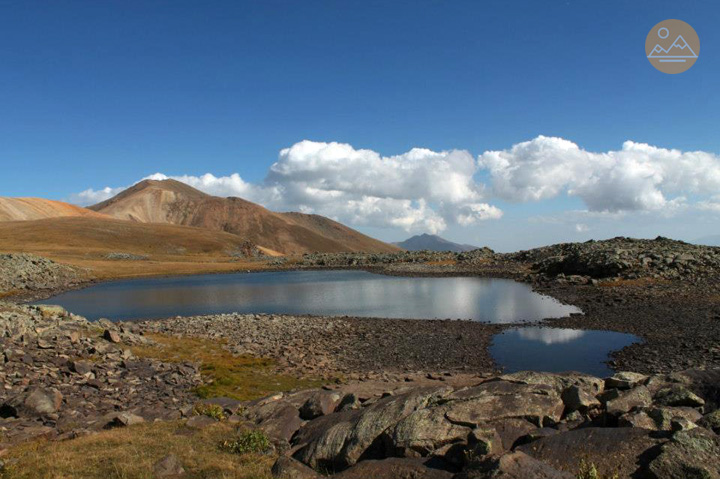
Exploring the area around Mt. Ughtasar / Photo: Gayane Tonoyan
Camping by the lake is definitely a worthwhile experience as the crisp air and light at the sunset and sunrise makes the most perfect views with the mountain serenely reflected in the lake.
On the next day after enjoying the sunrise at the Ughtasar Lake, you can head North to Aylaq lakes exploring more petroglyphs on the way and admiring the beautiful scenery around.
Practical tips
The best time to visit Mt. Ughtasar is the beginning of July – due to the altitude, this is the time when the hills around are blossoming with flowers of unbelievable colors. Having said that, Mt. Ughtasar is beautiful in all weathers – you can visit Ughtasar in the months of August and September to enjoy landscapes that will make you think you just landed on Mars. And if you are absolutely lucky to get there in winter, you can enjoy the scenery with the fully frozen lake.
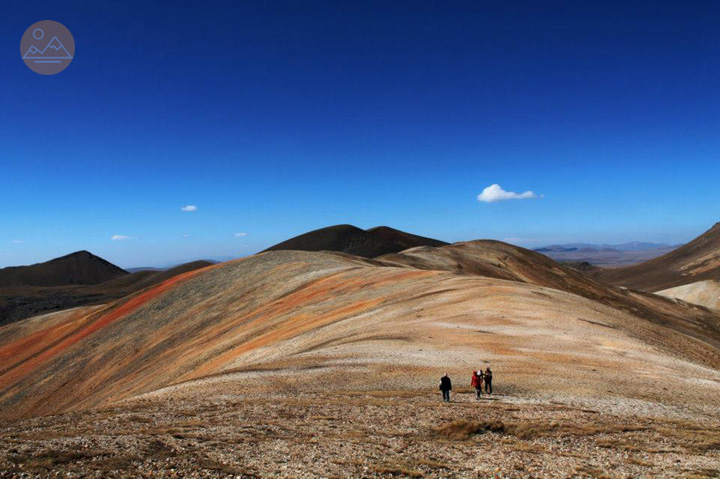
The Mars-like landscapes of Mt. Ughtasar / Photo: Gayane Tonoyan
How to get there:
Mt. Ughtasar is located 30km away from Sisian, a small town in the Syunik province of Armenia. The easiest way to get there is by a 4WD vehicle by the road that starts from Ishkhanasar village to the north of Sisian. Mind that the road is quite difficult and a good 4WD vehicle is a must.
You can also hike all the way up there if you have enough time for the trip.
No matter which way you choose to go, the natural beauty and the powerful energy of this place will make your trip a truly worthwhile experience!
